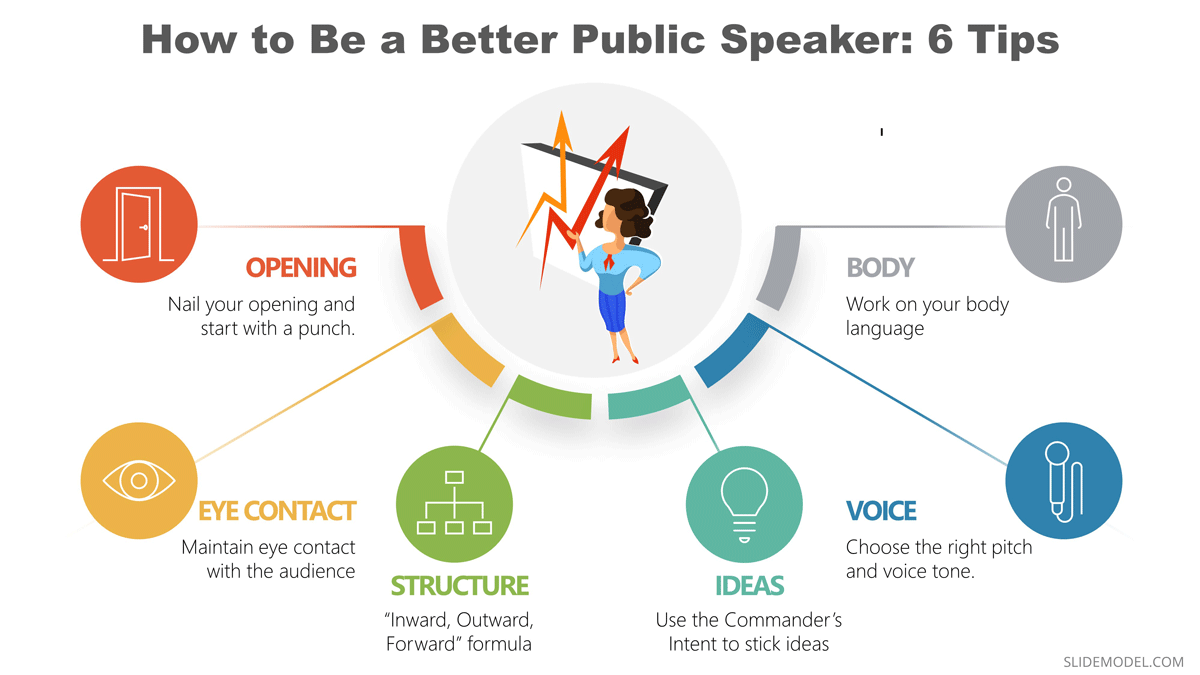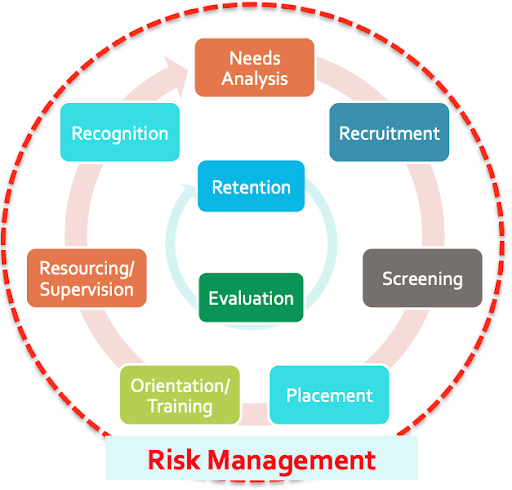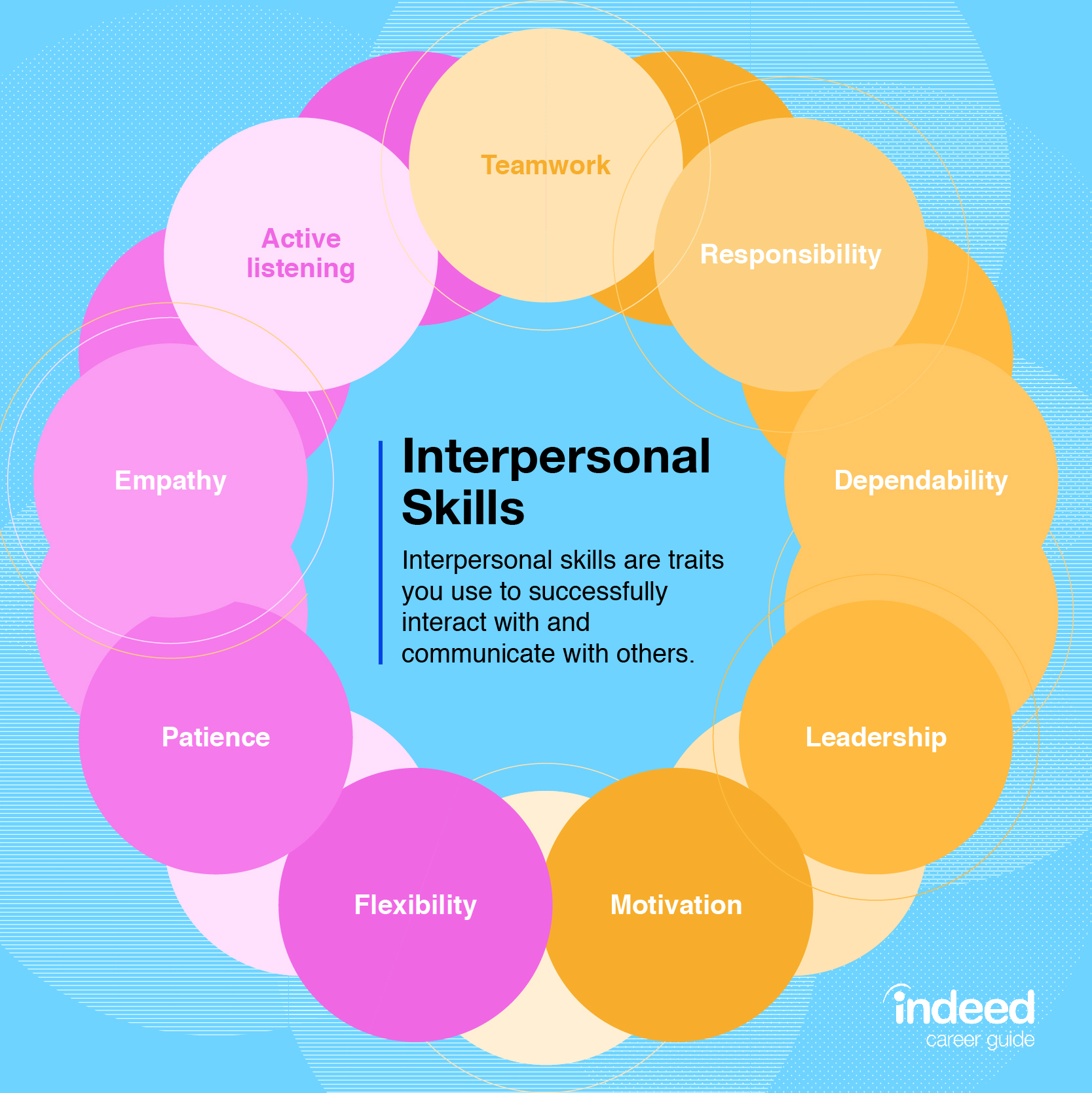Mastering the Art of Effective Communication – Tips for Public Speaking
Effective communication is a crucial skill in today’s world, especially when it comes to public speaking. Whether you’re delivering a presentation in a conference room or giving a TED talk on a global stage, the ability to engage and captivate your audience can make a significant impact on your success. In this blog post, we will explore some valuable tips to help you master the art of effective communication in public speaking.
1. Know Your Audience:
Before stepping onto the stage, it’s essential to understand the demographics, interests, and knowledge level of your audience. Tailor your content accordingly to ensure relevance and resonance. Researching your audience can help you deliver a speech that connects with them on a personal level.
2. Craft a Compelling Opening:
First impressions matter, and a compelling opening can set the tone for your entire speech. Start with an attention-grabbing anecdote, a provocative question, or a powerful quote. This will immediately engage your audience and pique their curiosity, making them eager to hear more.
3. Organize Your Content:
A well-structured speech is easier to follow and remember. Organize your content into a clear introduction, body, and conclusion. Use signposting words and phrases to guide your audience through your speech, ensuring a smooth flow of ideas. Break down complex concepts into digestible chunks and provide relevant examples to support your points.
4. Speak with Confidence:
Confidence is key when it comes to public speaking. Practice your speech multiple times to build familiarity with the content and boost your confidence. Pay attention to your body language, maintain eye contact, and project your voice effectively to convey authority and enthusiasm. Connect with your audience on a personal level by speaking directly to them.
5. Utilize Visual Aids:
Visual aids, such as slides or props, can enhance your speech and make it more engaging. However, ensure that they are simple, visually appealing, and directly support your main points. Don’t overwhelm your audience with text-heavy slides or distracting visuals. Use them as a complement to your speech, rather than a crutch.
6. Use Authentic Storytelling:
Human beings are wired to respond to stories, so incorporate personal anecdotes or relevant narratives into your speech. Authentic storytelling not only holds the audience’s attention but also helps them relate to your message on an emotional level. Craft a compelling narrative that ties into your main points and creates a lasting impact.
7. Engage the Audience:
Engagement is crucial to keep your audience interested and active throughout your speech. Encourage audience participation through rhetorical questions, brief interactive exercises, or thought-provoking discussions. Incorporate pauses to allow your audience to reflect on your points and ask for their input, creating a dynamic and interactive environment.
8. Practice, Practice, Practice:
Rehearse your speech multiple times to refine your delivery, timing, and overall performance. Practice in front of a mirror, record yourself, or seek feedback from trusted friends or colleagues. This will help you identify areas for improvement and build confidence in your speaking abilities.
9. Handle Nervousness:
Even the most seasoned speakers experience nerves. Embrace and manage your nervous energy by taking deep breaths, practicing relaxation techniques, and visualizing a successful outcome. Turn your nervousness into positive energy that fuels your performance, and remember that the audience wants you to succeed.
10. Seek Feedback and Learn:
After delivering your speech, seek constructive feedback to further improve your public speaking skills. Analyze what worked well and what could be enhanced in terms of content, delivery, and engagement. Continuous learning and refinement are key to becoming an effective and impactful speaker.
In conclusion, mastering the art of effective communication in public speaking requires practice, preparation, and a genuine connection with your audience. By understanding your audience, crafting a compelling opening, organizing your content, speaking with confidence, utilizing visuals aids, and incorporating authentic storytelling, you can captivate your audience and deliver a memorable speech. With practice, feedback, and a growth mindset, you can transform yourself into a powerful and influential public speaker.











